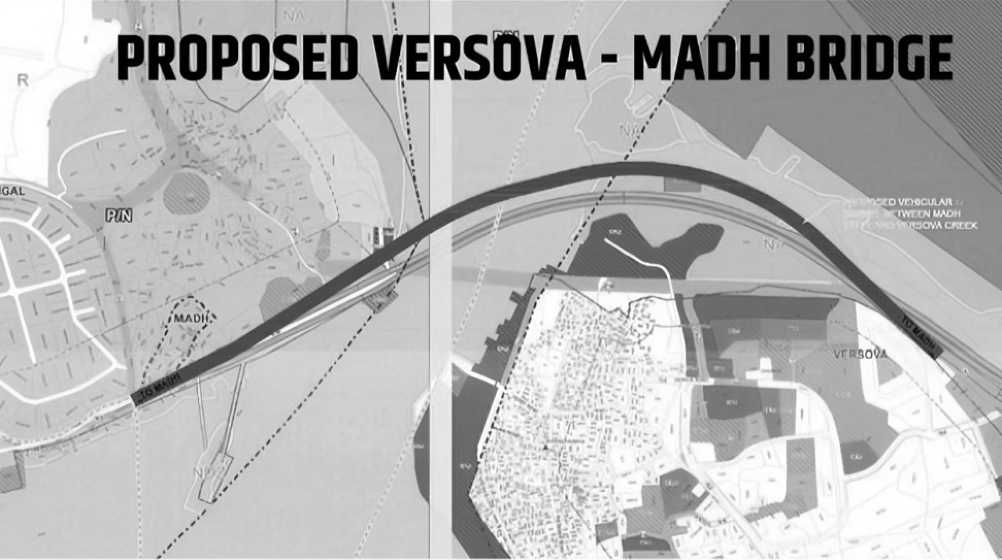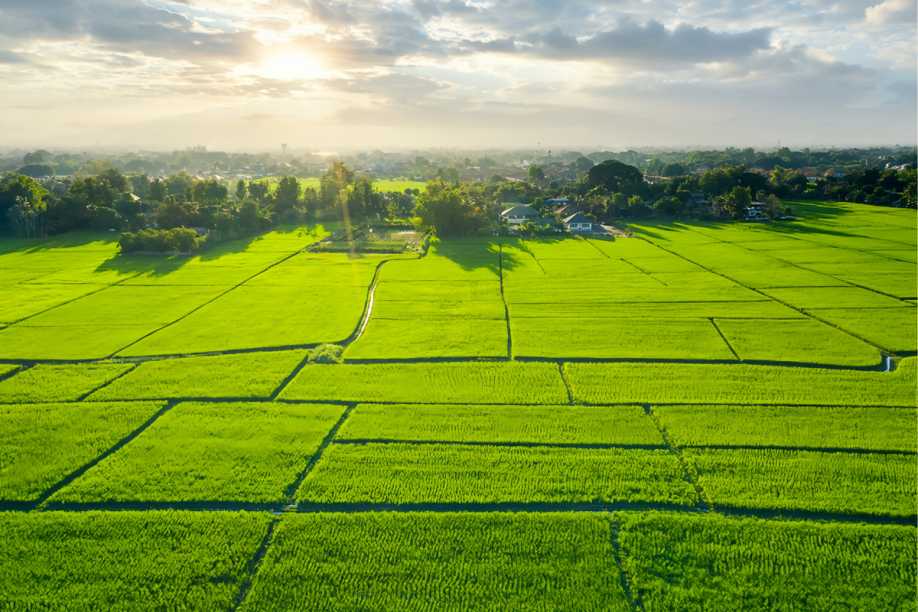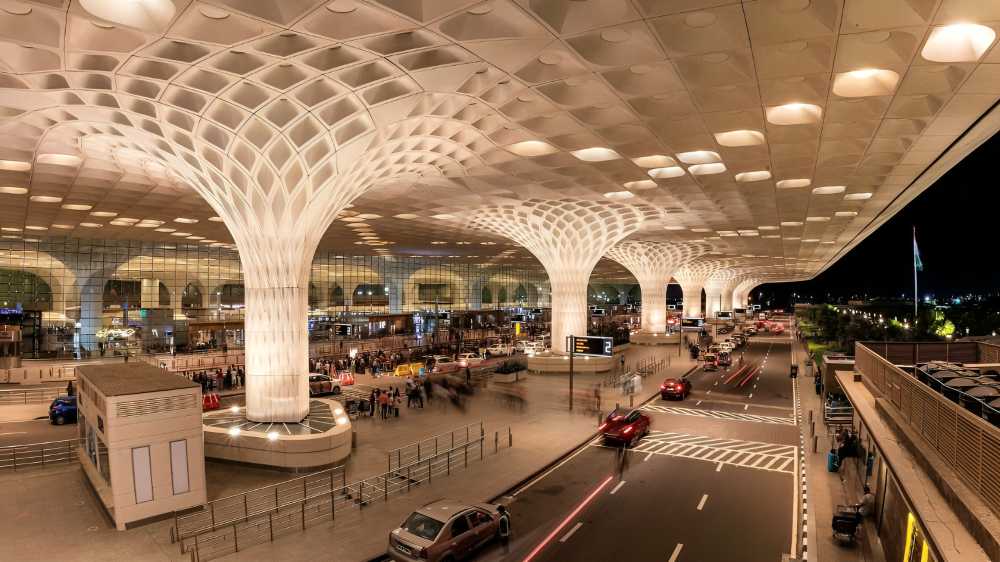From the Western Motorway Highway, turning left reveals mangroves lining the Mithi River. Nearby, beyond a green fence near the Kala Killa bus depot in Dharavi, lies the Maharashtra Nature Park — an urban forest created by the Maharashtra Regional Development Authority (MMRDA) with support from the World Wide Fund for Nature India since 1983.
Architect Shriya Bhatia points to this park, built on a former landfill, as an example of blue-green infrastructure (BGI).Blue-green infrastructure combines natural water bodies (blue), such as lakes, rivers and wetlands, with green spaces like parks, forests and gardens. Unlike traditional grey infrastructure — concrete drains, dams and sewers — BGI integrates nature-based solutions engineered to manage water, reduce floods, and mitigate heat, while supporting biodiversity.
The United Nations advocates investing in ecosystem-based solutions like BGI to build climate resilience. Sahana Goswami, Senior Programme Manager at WRI India, explains that while BGI is engineered with specific design parameters, it harnesses natural elements to provide ecological, social, and economic benefits.Mumbai faces severe climate challenges. Between 2010 and 2020, it experienced multiple extreme rainfall events, worsening floods due to rapid urbanisation and loss of groundwater recharge zones. Studies reveal the city lost millions of litres of groundwater daily as built-up areas expanded.
The Mumbai Climate Action Plan stresses protecting blue and green spaces, including mangroves, which serve as natural flood barriers.However, ongoing projects like the coastal road threaten thousands of mangroves, contradicting climate goals. Meanwhile, Mumbai’s master plan permits further concretisation near sensitive river zones, exacerbating runoff and flooding risks.Experts urge that urban development must align with natural systems, viewing stormwater as a valuable resource rather than a problem. Blue-green infrastructure offers a sustainable path forward to make Mumbai more resilient against floods and heat waves.
Source: Citizen Matters





